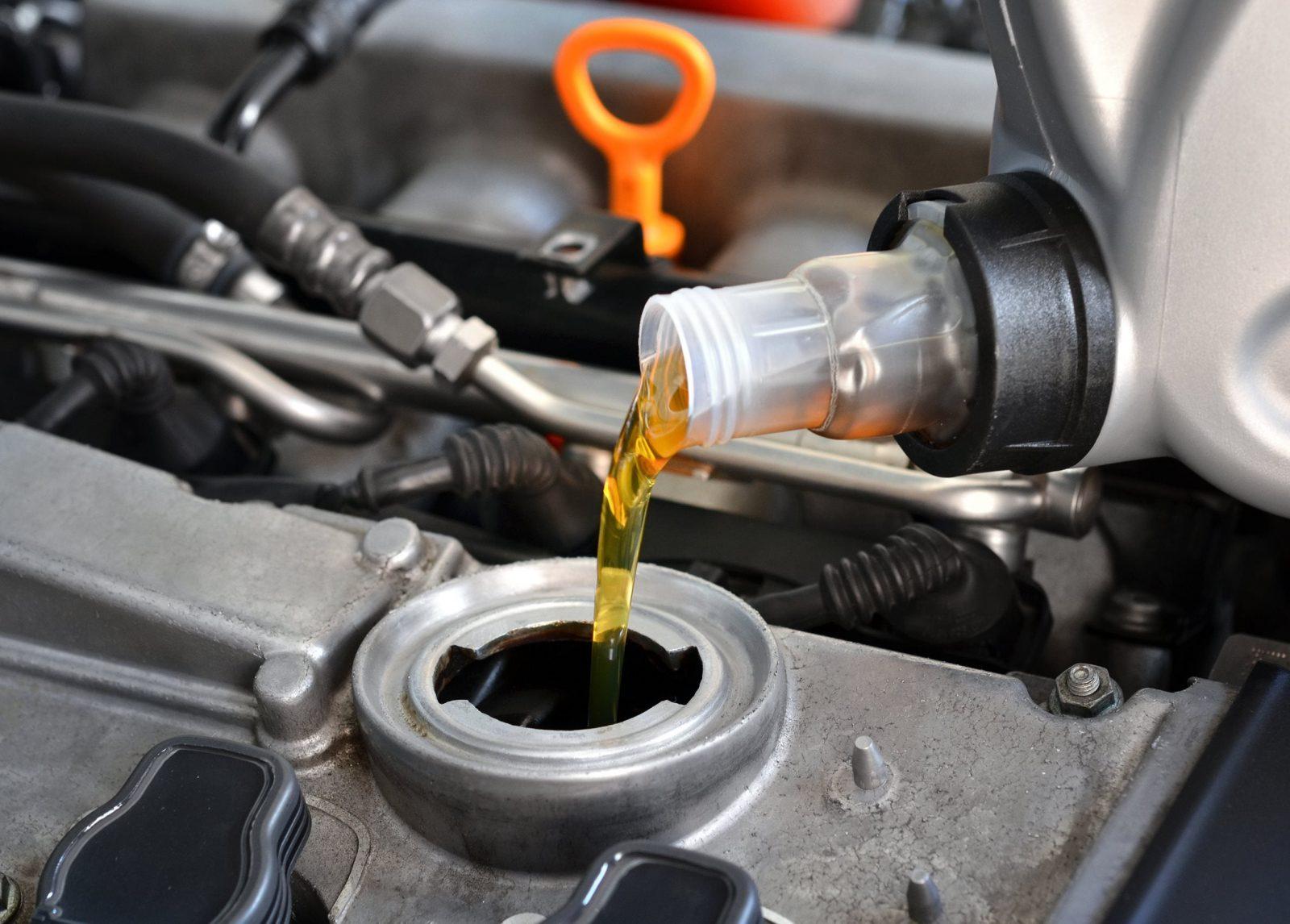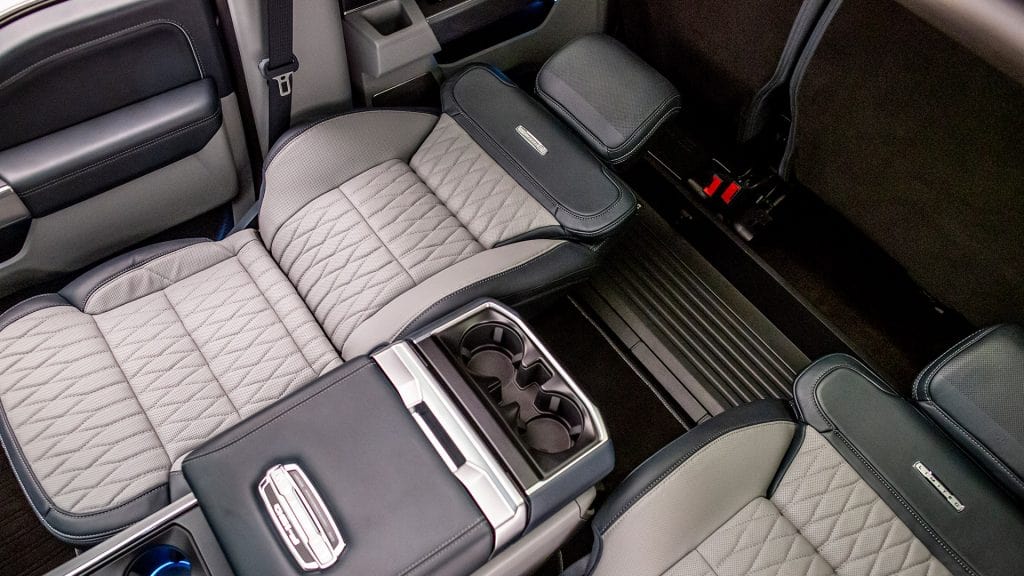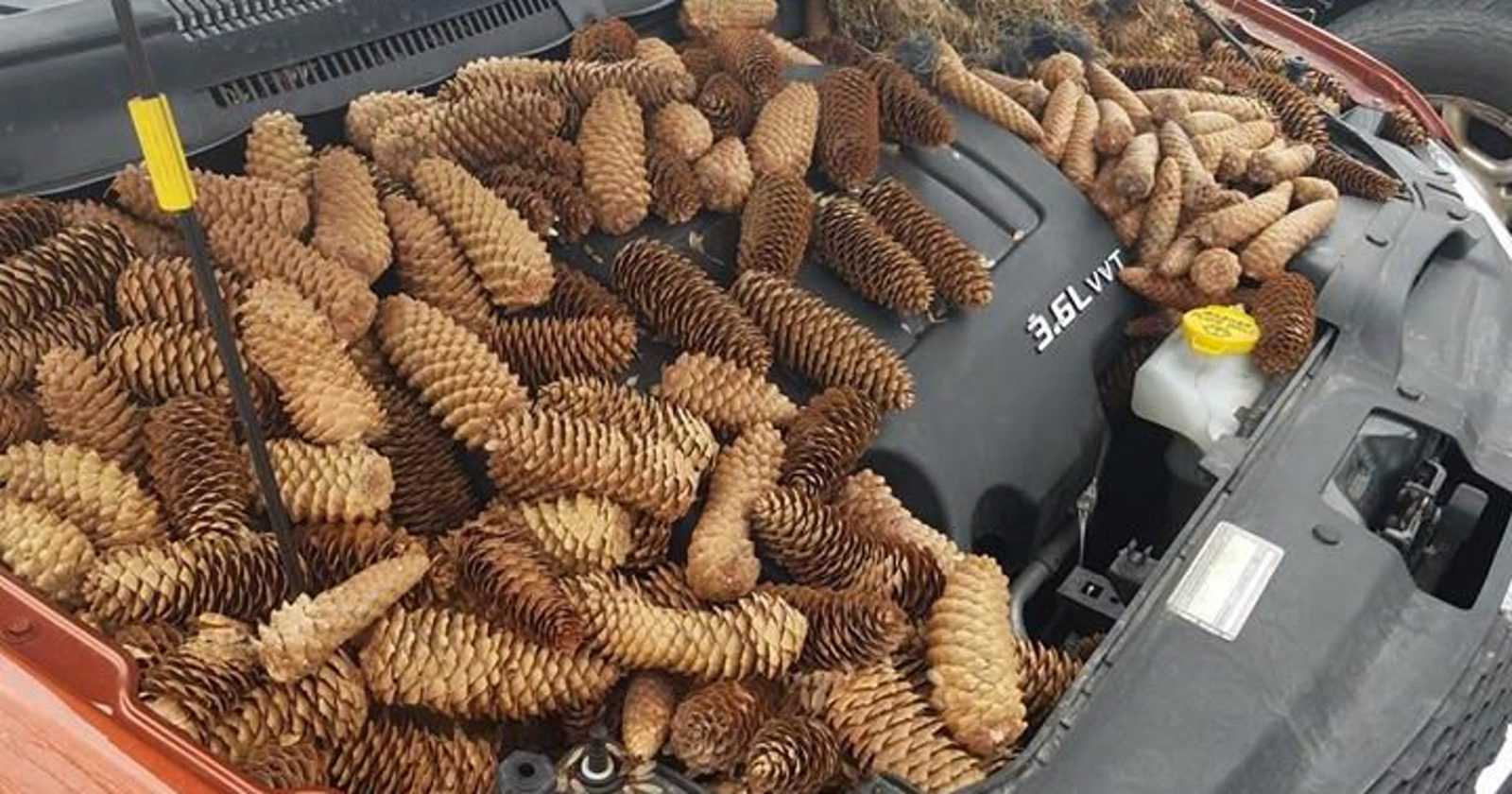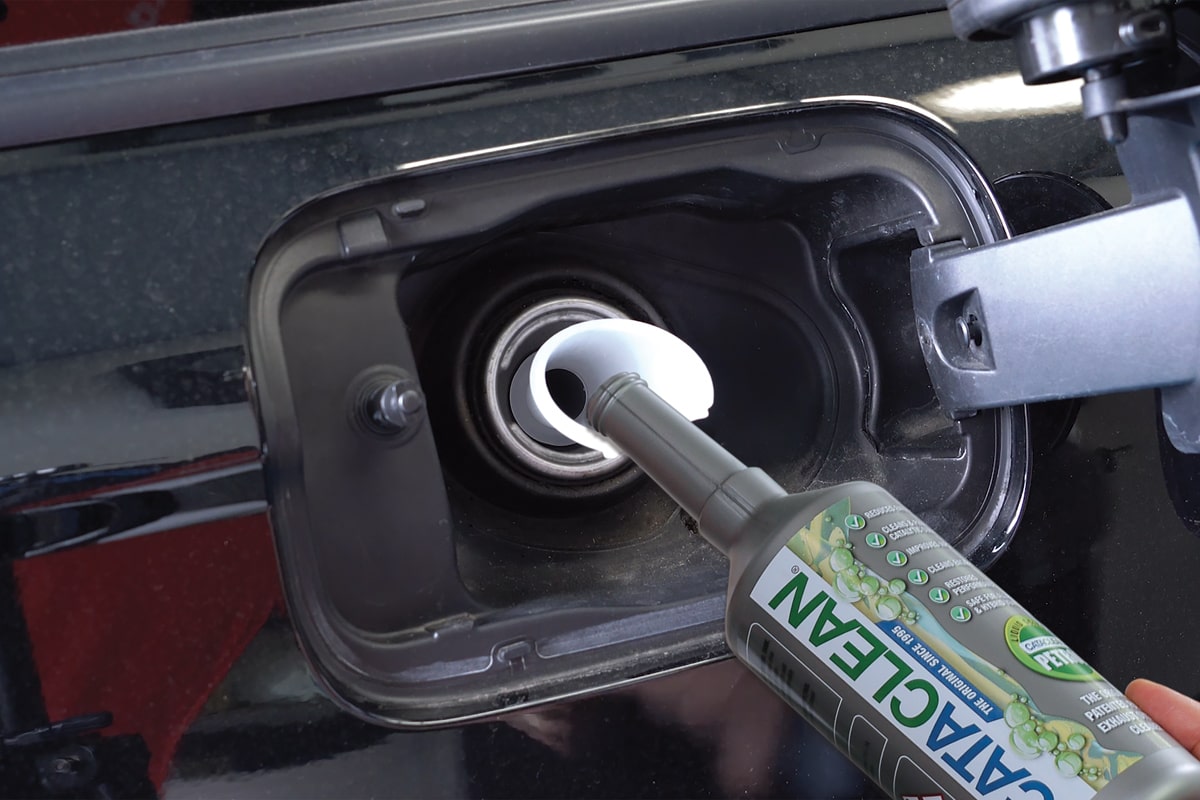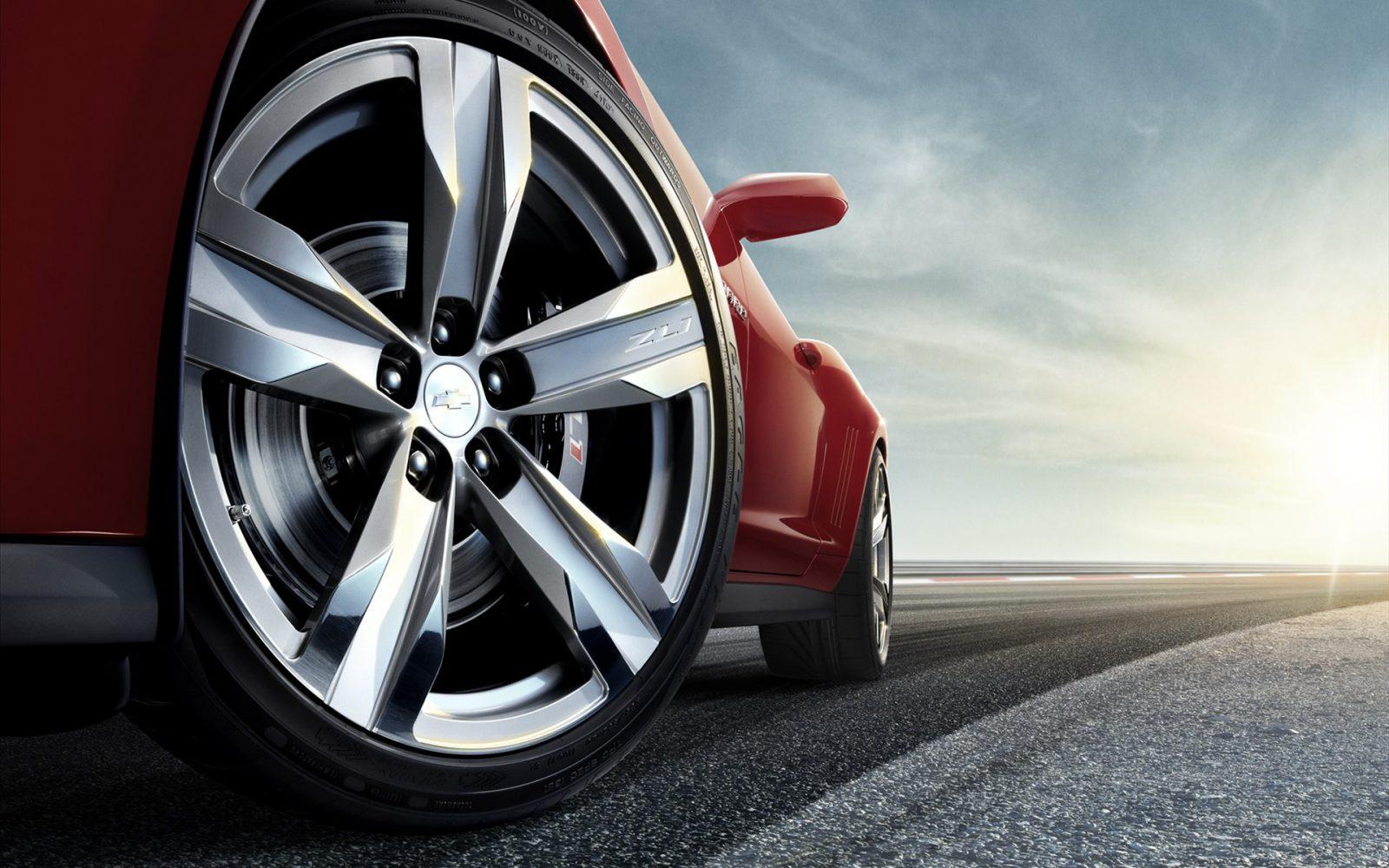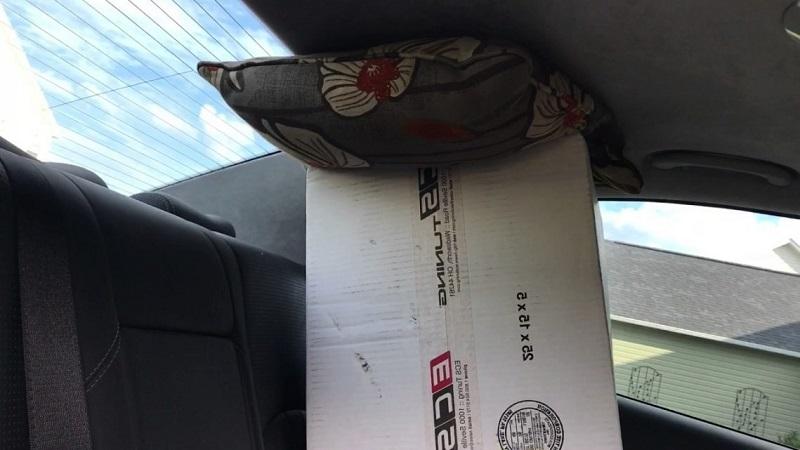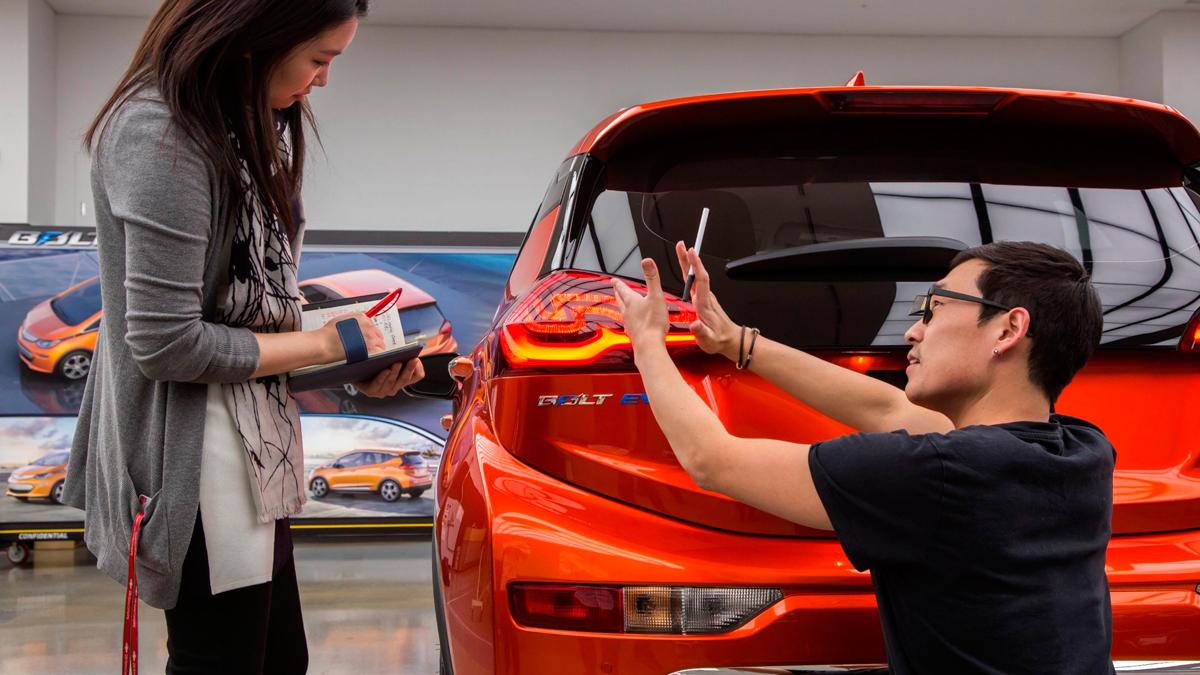Tips for Buying Used Cars from Japan: Paperwork and Legal Steps
Ever dreamt of owning a reliable, high-quality car without breaking the bank? Japanese used cars might be exactly what you’re looking for. But before you start imagining yourself cruising in your new ride, let’s pump the brakes for a second — there’s paperwork, legal steps, and a few hurdles to clear first.
Why Buy a Used Car from Japan?
Who wouldn’t want to drive a car that’s been greatly cared for? Japanese used cars are famous for their reliability, low mileage, and being treated like royalty (regular maintenance, anyone?). Brands like Toyota and Mazda practically have a fan club, and let’s face it, they deserve it.
Plus, Japan’s strict vehicle inspection system (known as “Shaken”) means cars are often sold well before they hit their prime. That’s great news for buyers — you get a like-new car at a fraction of the price.
Tips for Buying Used Cars from Japan
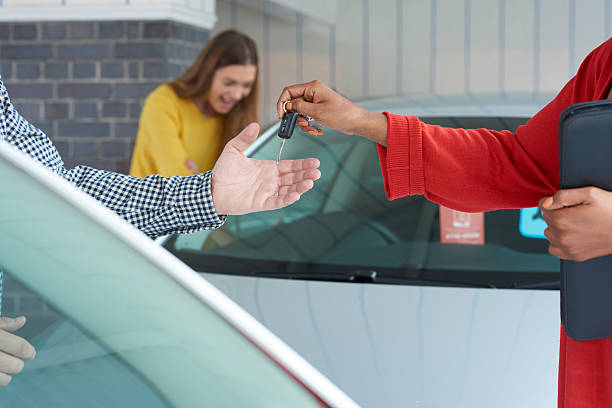
Step 1: Check your country’s import rules
Here’s the thing — your dream car from Japan might not be allowed to roll into your country without jumping through hoops. Some places have rules like “the car must be at least 25 years old.” Others have emissions standards because we care about the environment now.
And don’t overlook those safety regulations — some countries might demand tweaks to your imported car, like upgrading the headlights or adding child seat anchors (because safety comes first, right?). These little extras can eat up both time and cash, so it’s smarter to know the rules before you dive in.
Moral of the story? Read the rules before you spend your budget on a car that can’t leave the dock.
Step 2: Find a trusted dealer or auction site
Newsflash: Not all car dealers are saints. Japan has plenty of honest ones, though, so do some homework. Look for dealers who don’t try to trick you with blurry photos or vague descriptions like, “May have some rust.”
Tip: A dealer who answers your questions without ghosting you halfway through the conversation is a keeper. Bonus points if they throw in extra photos without you even asking — now that’s a green flag.
Step 3: How Japanese car auctions work
Ever wondered what it’s like to bid on a car in a fast-paced auction? Japanese car auctions offer an exciting way to find high-quality vehicles.
- Sign Up: Pick an auction site that doesn’t look like it was made in 1998.
- Pay a Deposit: This upfront payment confirms your commitment to the auction.
- Set Your Budget: Decide on the maximum amount you’re willing to spend to stay within your financial limits.
- Win the Auction: Congratulations! Now, the real work begins.
- Shipping: Watch your car take a cruise across the ocean.
Step 4: Master the paperwork (Because you have no choice)
Ah, the paperwork — a glorious mix of forms, certificates, and documents that’ll make you wonder why you didn’t just buy a bicycle. Here’s what you’ll need:
- Export Certificate: Proof the car’s allowed to leave Japan.
- Bill of Lading: Fancy talk for “proof the car’s on a boat.”
- Bill of Sale: A receipt for your purchase.
- Customs Documents: Your car’s passport into your country.

Here’s where it gets exciting — convenient resources can help with some of this. For example, platforms like Lawrina and Jurizmo offer document solutions for car buyers. Need a vehicle bill of sale template? Lawrina has you covered. Looking for something niche, like a scooter bill of sale? Jurizmo’s got your back.
Step 5: Prepare for the “Surprise” costs
Spoiler alert: The car isn’t your only expense.
- Import Taxes: A necessary expense to get your car legally into your country.
- Registration Fees: Covers the process of making your car road-legal.
- Shipping and Insurance: Ensures your car safely makes its journey across the ocean.
- Inspections: Required in many countries to confirm the car meets safety standards.
If you’re lucky, some dealers offer packages that bundle these costs. If not, welcome to adulting.
Step 6: Hire a customs broker (If you like your sanity)
Customs paperwork is where dreams go to die. If you don’t want to spend hours figuring out forms and fees, hire a customs broker. These wizards deal with all the headaches, so you don’t have to.
Step 7: Inspect the car on arrival
Your car’s here! But before you pop the champagne, inspect it. Check for shipping damage (because Murphy’s Law is real) and make sure it matches the dealer’s photos.
Nobody wants to discover a mystery leak or a dead battery after the fact. Check the tires, too, and make sure all the lights and gadgets work.
If it doesn’t, well, it’s time to make some angry phone calls.
Final Thoughts
Buying a used car from Japan is an adventure — part treasure hunt, part legal drama, and part waiting game. But if you follow these steps and keep your sense of humor intact, you’ll soon be cruising in style. Just remember: The car’s worth it, even if the paperwork isn’t.







